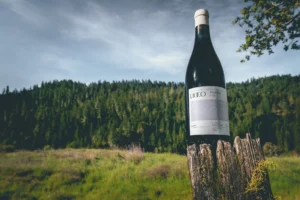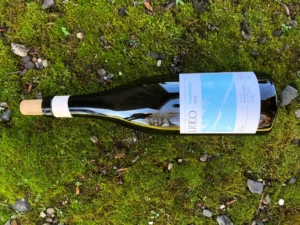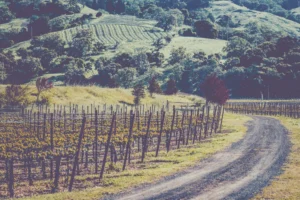The Licklider family-owned and operated winery, LIOCO, selects grapes from exceptional California vineyards located throughout a wildly diverse, 400-mile region. The goal is to produce uniquely flavorful and distinctive wines tied to their place of origin. The never-ending search to match targeted characteristics of the fruit with the multitude of variations in certain growing conditions often leads them to very unique and challenging growing areas. But it is the challenging elements of these “fringe sites” that often yield the qualities that make the best Pinot Noir, Carignan, Chardonnay, Sauvignon Blanc, and other California wine.
Why Fringe Sites?
Our experience drinking the world’s great wines over the past 30-years has proven one theory: the best wines often come from “fringe sites”— places where grapes are pushed to their absolute limits. Unlike farming oranges or peaches, where the goal is yield and methods plant- friendly, growing world-class wine requires stressing the vine. In classical terms, think of Riesling in the Mosel, Syrah in Hermitage, Chardonnay in Chablis, Pinot Noir in the Cote d’ Nuits. In each case, these varieties are planted in places where their very existence may be hanging in the balance.
Exploring the Wine-Growing Fringe Areas of California
California wine growing is no different. We’ve found the most site expressive wines growing at the margins and needing labor-intensive farming. Howard Family Vineyard Chardonnay grown in the Santa Cruz Mountains above the Monterey Bay, displays a soil intensity rarely found in California wine. Expectantly, we have watched as this vineyard turned from a caterpillar into a butterfly. In the span of 4 years, this challenging site with historically unsustainably low yields transformed into a vibrant ecosystem exploding with wildflowers each spring and immensely characterful fruit each fall. The farming—now converting to biodynamic—has never been better under new owners Kim & Ari Novick, and the grape yields have returned to acceptable levels. Wine quality has improved each year, too, as those who have tasted our 2022 Kimari Vineyard Chardonnay can attest. The McCutchen Vineyard follows the same storyline—a site pitched on the rocky slopes of Pine Mountain / Cloverdale Peak AVA. This high elevation vineyard (2400′) was hand planted by 94-year old Jim McCutchen and his father back in the early 1960’s. The yields are considerably lower than what you’d expect to find from this vigorous grape variety, and the ensuing wines are structured, singular, and age-worthy.
Cold Climate Vineyards
Cold climate growing also fits the bill here. Our team has long had a thing for the Northern Rhone, and tasting some of Arnot-Roberts single-vineyard Syrahs inspired us to find our own proprietary site. The search lasted four years before discovering a hidden vineyard tucked away in a fog-choked valley near Aptos in the Santa Cruz Mountains. Located only 4.5 miles from the cold Pacific Ocean, this site would appear to be too cold to reliably ripen Syrah (an observation that proved to be true in 2015!). But this was precisely the kind of place we were looking for—a site where Syrah would have to hang until Halloween. Our first wine here, Caleta (Spanish for bay), barely achieved 12% abv and showed the bright, blue fruit and purple flower qualities we hoped to tease out from such a site.
Our Wilderness Adventure
In truth, we love the fringe locations for more than the wines they deliver. They come with their own unique histories, and often with characters who look like they walked right off a movie set. These places are generally great places to camp, fish, mountain bike, surf, or simply escape the daily grind. The fringe is quite literally… California wilderness. And we never tire of foraging here.


